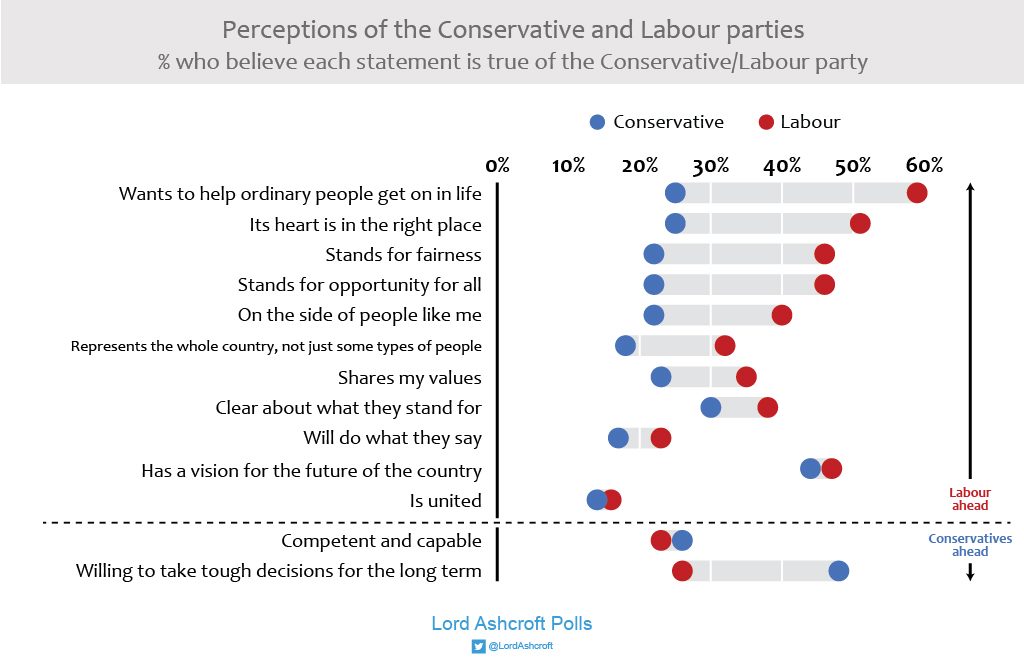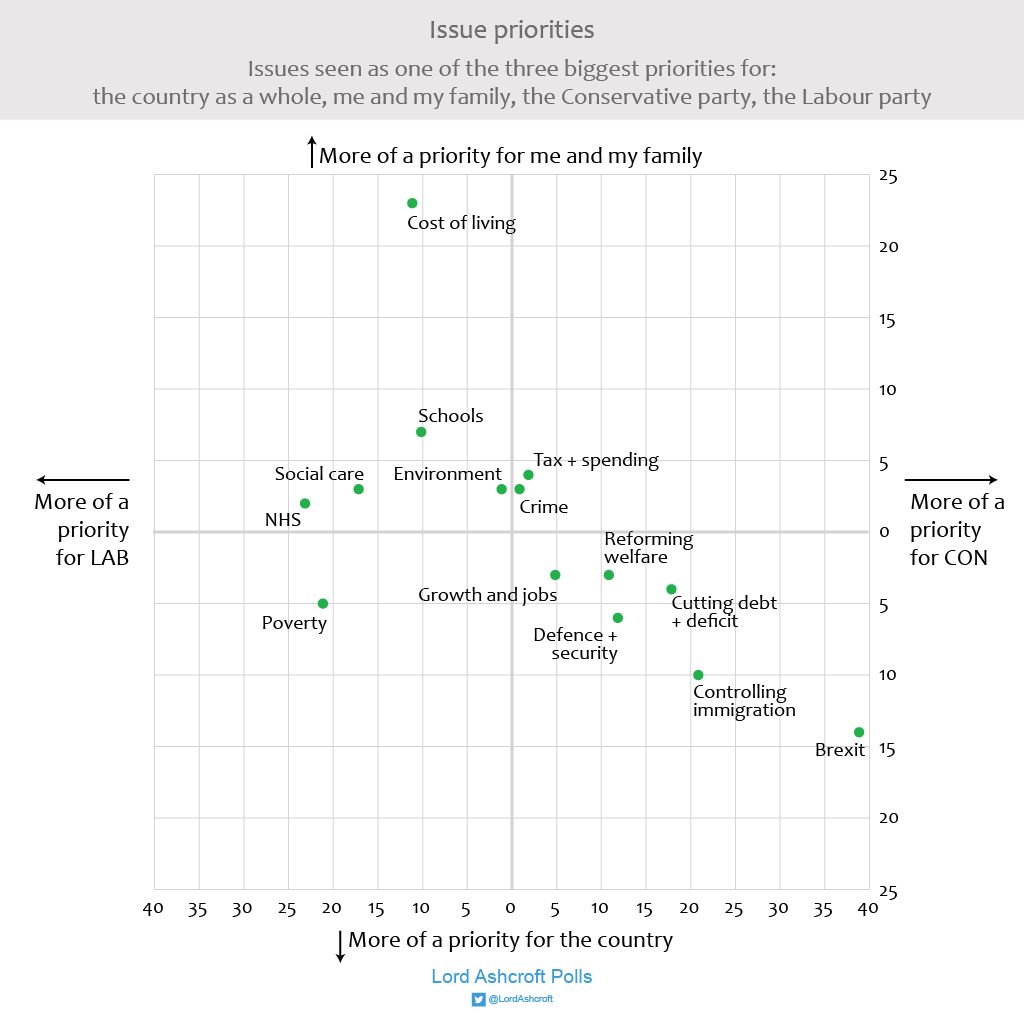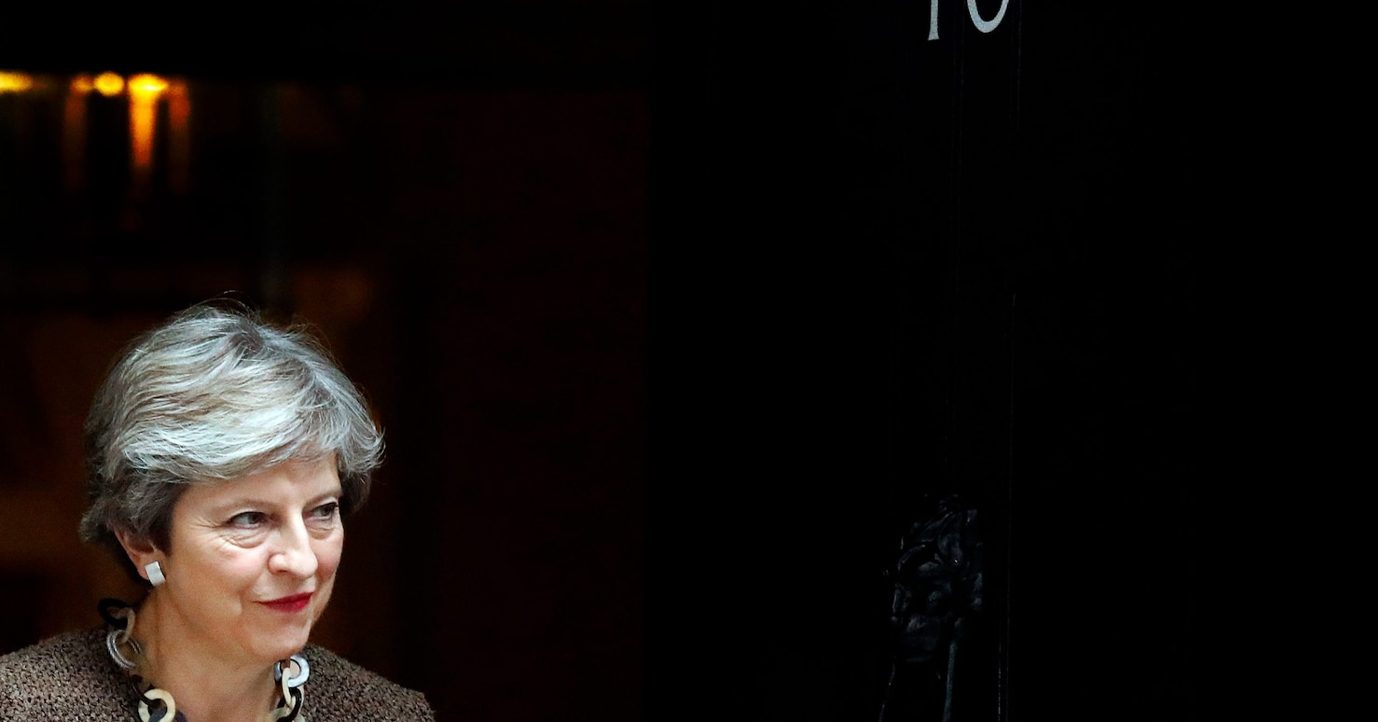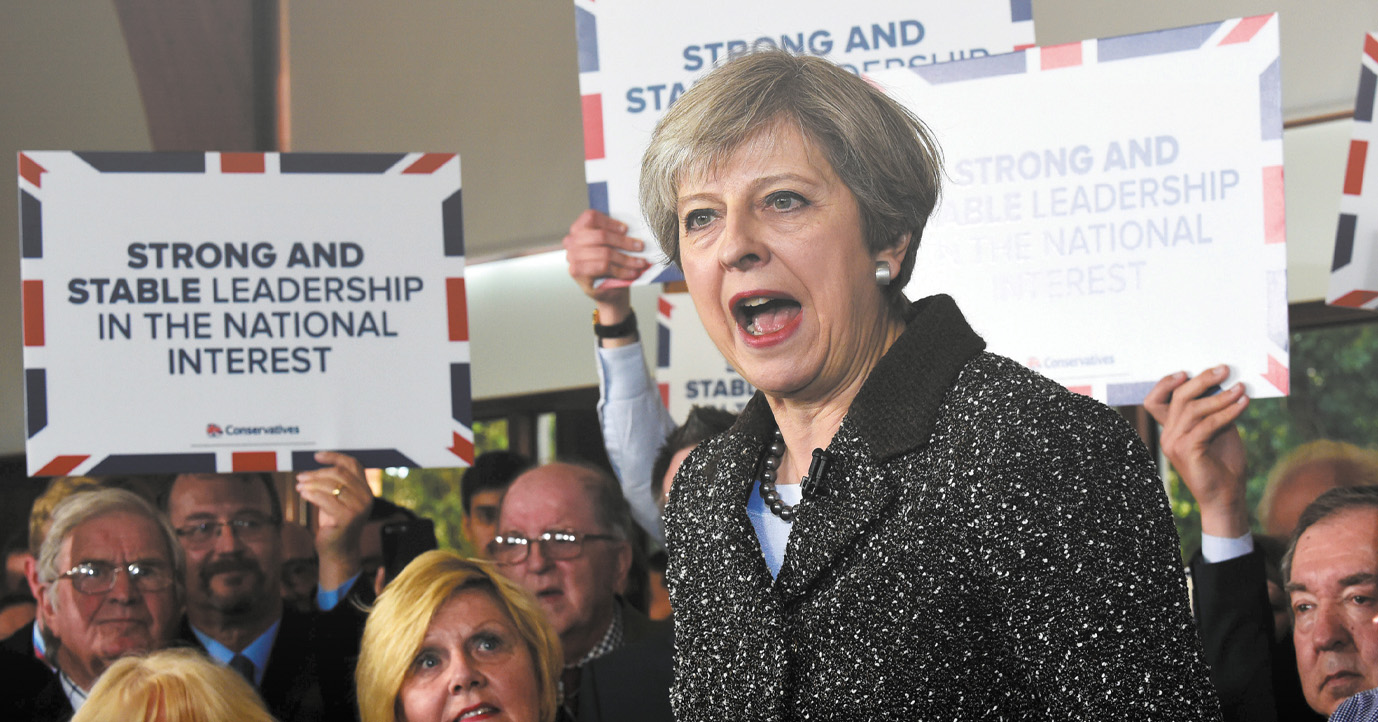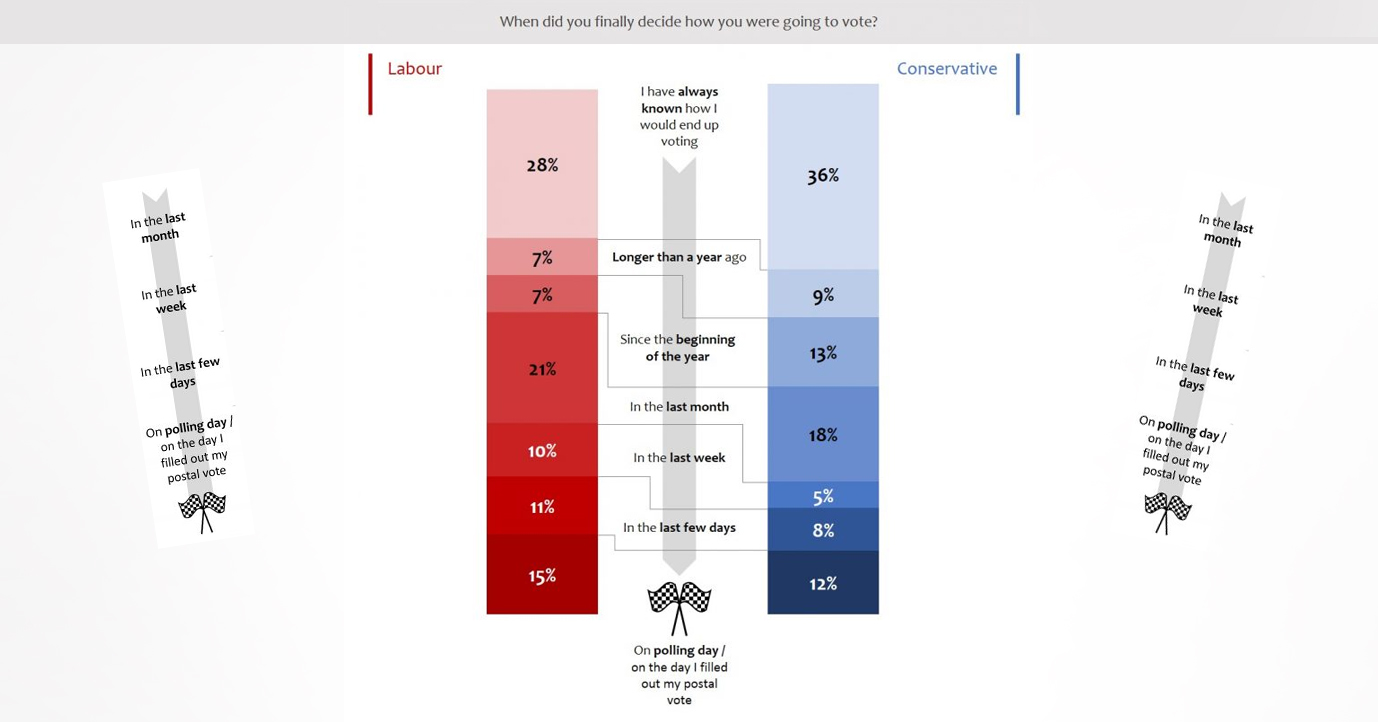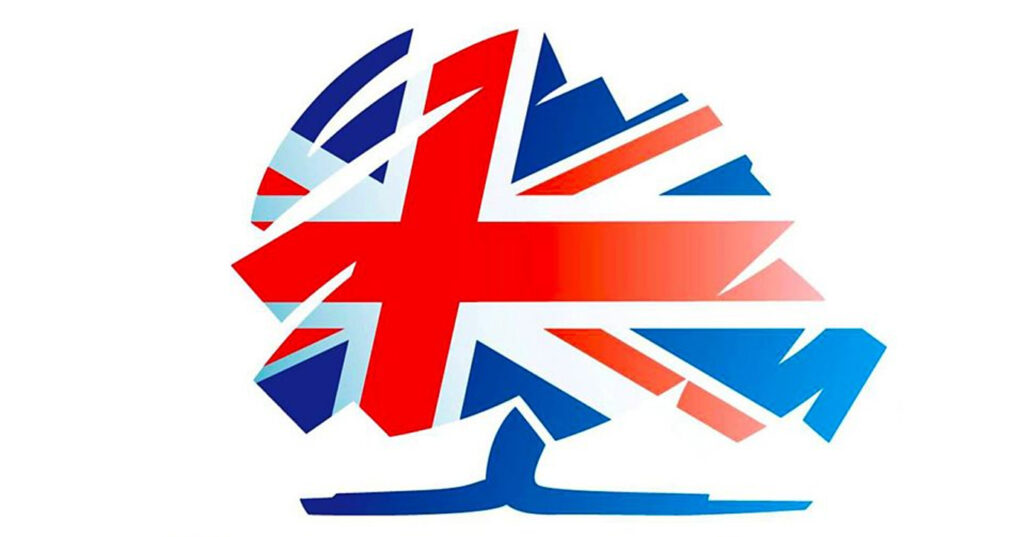
Yesterday I set out my two main observations from the research that went into The Lost Majority, my book on the 2017 election that is published this week. One was that while the Conservative voting coalition in June was bigger than the one that elected David Cameron two years ago, it was also different: older, more working class, more modestly educated, more socially and culturally conservative, and more pro-Brexit. Those who switched away from the party were disproportionately likely to be younger, graduates, professionals, and to be more socially liberal, and to have voted to remain in the EU. While drawing more working class voters to the Tories is a significant achievement, the party will need to be able to reach further beyond these dividing lines to win in the future, especially if 42 per cent of the vote is not enough for an overall majority.
The other was that in the election campaign and its outcome, the Conservative brand has taken a proper battering. Despite all the work of the modernising years, the party never managed to dispel the doubts many voters had about its character and motives, and whether it was really on their side. Victory in 2015 came down to competence, leadership and the absence of a plausible alternative. But in the wake of the June election, this crucial competitive advantage had evaporated: people were no more likely than ever to think the Tories were on their side or to stand for fairness and opportunity, but after the shaky campaign, the manifesto policy reversal, and the very fact of having called an election to increase their majority only to lose the majority they already had, they also considered the party barely more competent than Labour.
My book does not examine the mechanics of the campaign (which Mark Wallace has done in typically comprehensive detail) or to apportion blame. Instead, as always, I want to explore what the voters made of it all, where the party now stands and what that means for the future. Two nuggets from my research help to illustrate the situation.
The first shows what people had to say when, shortly after the election, we asked whether they associated fifteen positive characteristics with the two main parties. Our 20,000 respondents were more likely to say an attribute was true of the Tories than Labour in only two cases: being willing to take tough decisions for the long term (by a comfortable 22-point margin), and being competent and capable (by a mere three points). Indeed, only just over a quarter of voters thought “competent and capable” was a true description of the Conservatives. A year earlier, shortly after the EU referendum, I had found 41 per cent saying competence was one of the Tories’ features.
This meant the Conservatives were doing little better in a traditional area of strength than on measures on which they had historically been on the back foot. No more than one in four voters thought the party was on the side of people like them, stood for fairness or had its “heart in the right place”. On these qualities, and others that explored the parties’ values and motivations, Labour’s already clear lead had doubled compared with my research from two years earlier.
It is equally sobering to compare voters’ priorities with what they see as the parties’ agendas. Different kinds of voters see things differently, as my book explains in more detail. But some clear patterns emerge when we look at the electorate as a whole. Asked to name the three most important issues facing the country, slightly more voters named the NHS than the Brexit negotiations. When we asked what mattered most to themselves and their families, the gap widened to 20 points, and tackling the cost of living rose to second place overall.
But perhaps the most striking finding here was that nearly all the things thought more likely to matter to the Conservatives than Labour were also named more often as important issues for the country than for individuals and their families: economic growth, welfare reform, defence and security, the deficit and the debt, immigration, and Brexit. By the same token, nearly everything believed to exercise Labour more than the Tories was also named more often as a priority for “me and my family” than for Britain as a whole: the cost of living, schools, social care and the NHS.
Fixing this problem would be hard enough at the best of times, let alone when complex Brexit negotiations dominate the government’s agenda. But there is another spanner in the works. My election-day poll in 2015 found more than half of Conservative voters naming “cutting the deficit and the debt” as one of the most important issues facing the country. In my post-election survey this year, only 17 per cent of Tories named it as a priority, and the issue ranked tenth for voters overall – behind defence and security, tackling poverty, and improving social care. Two years ago, 84 per cent of Conservatives and 46 per cent of voters as a whole agreed that austerity would need to continue; after this election, only half of Tories and a quarter of voters overall agreed. As my recent survey on public sector pay demonstrated, meeting voters’ expectations in the continued absence of a magic money tree is only going to be more difficult if they believe the hard years are over.
My choice of title, The Lost Majority, does not just refer to the fate that befell the Tories in June. It also points to the challenge any party faces in winning an overall majority in parliament at a time when 42.4 per cent of the vote is not enough to achieve one. Restoring confidence in their ability to run the country is only the minimum requirement for the Conservatives. They need a sense of purpose which demonstrates the aim not just of steering Britain on the right course, but of improving people’s lives.
